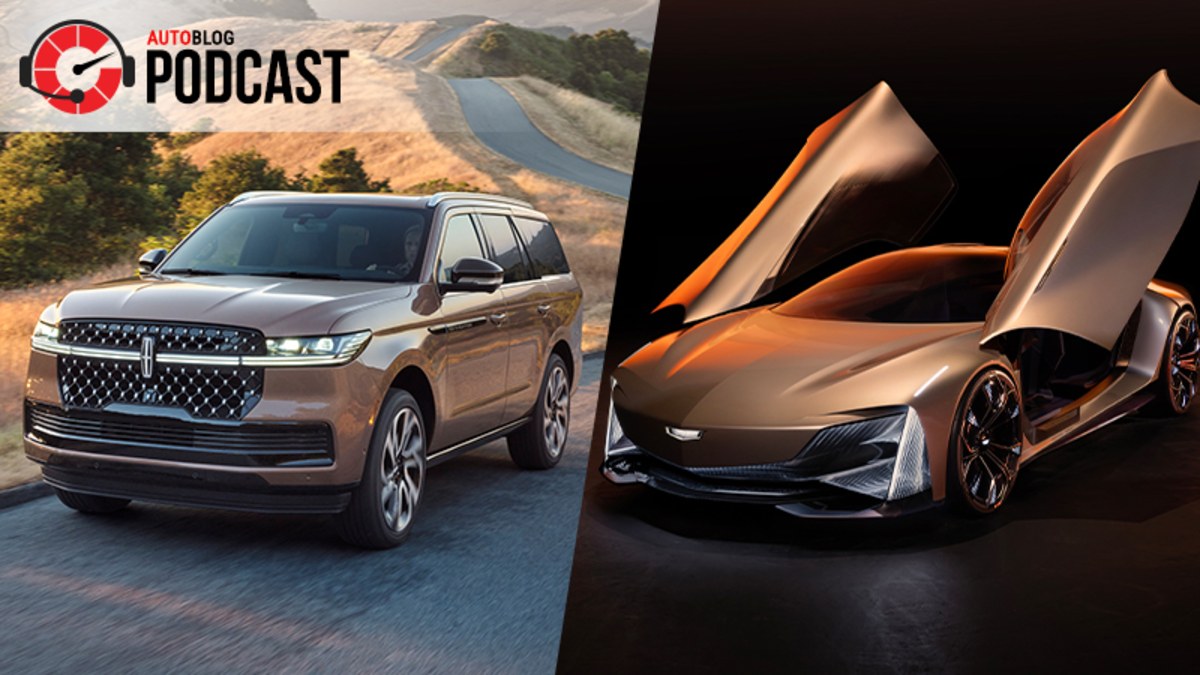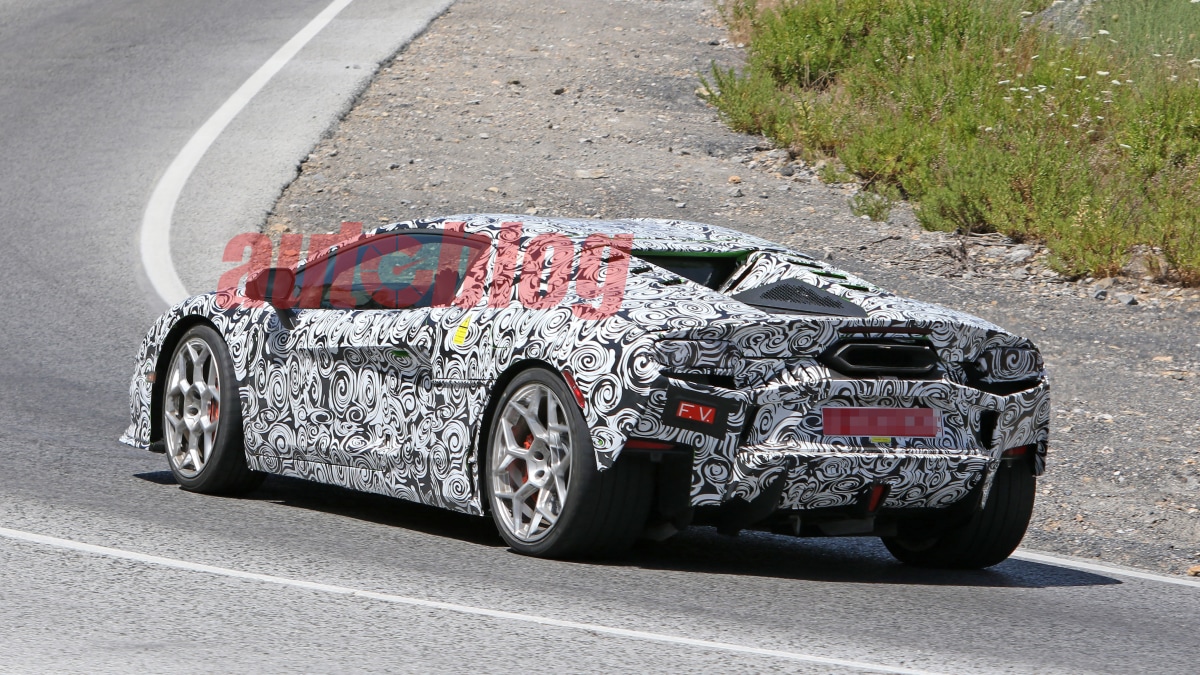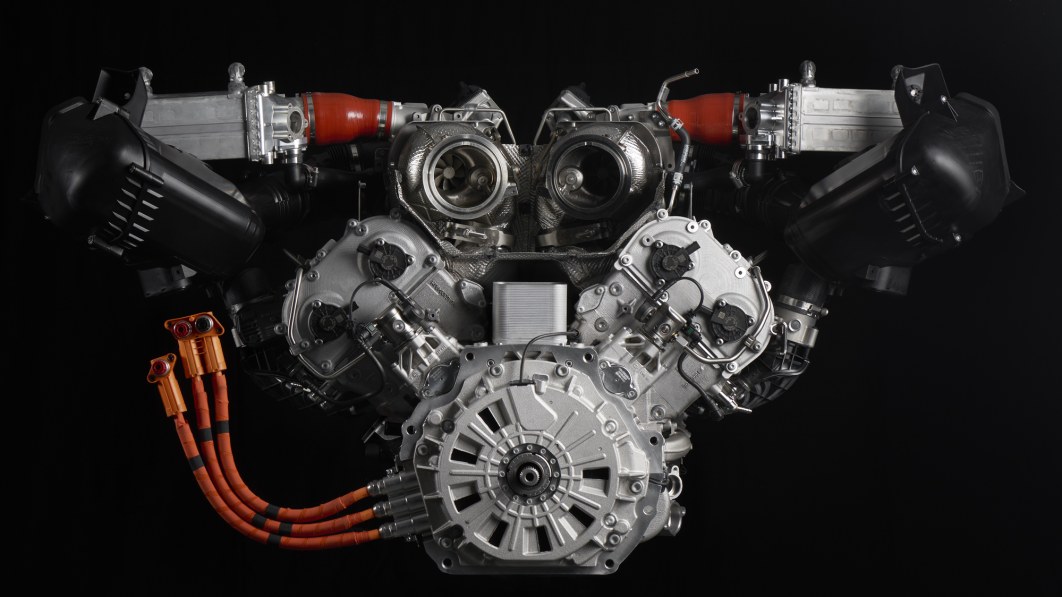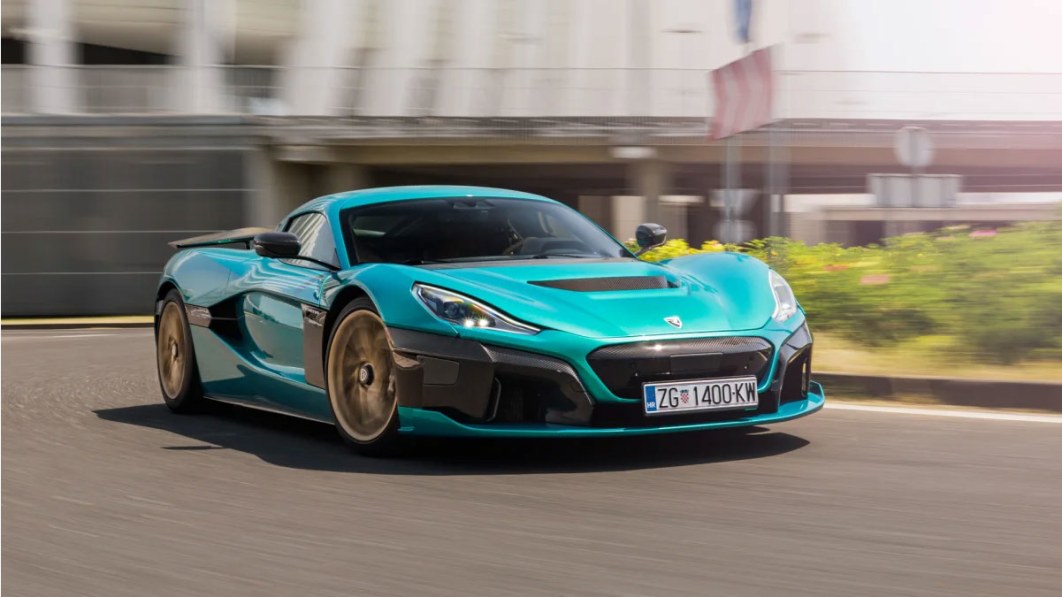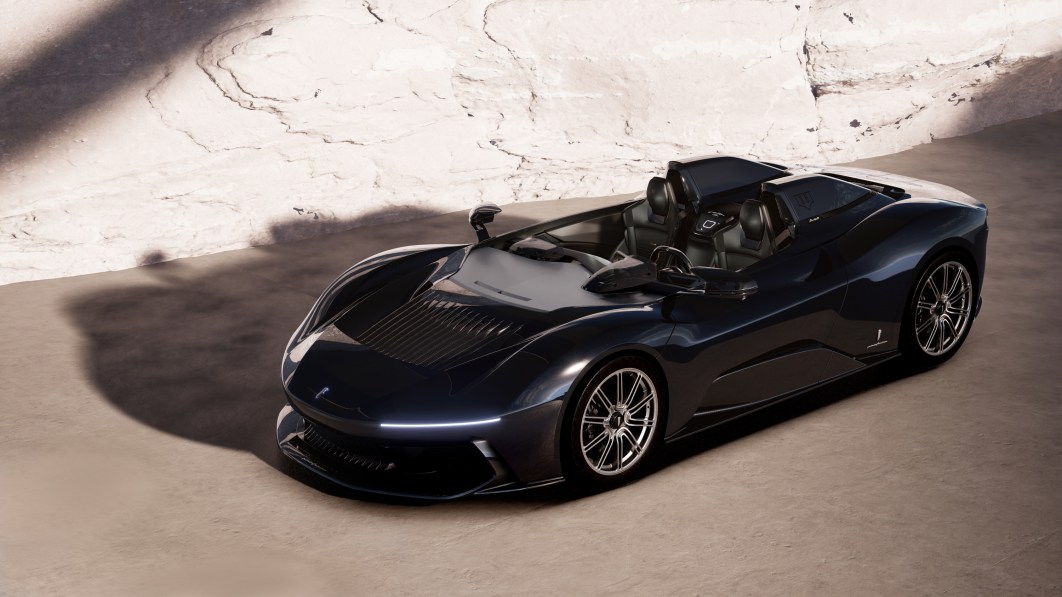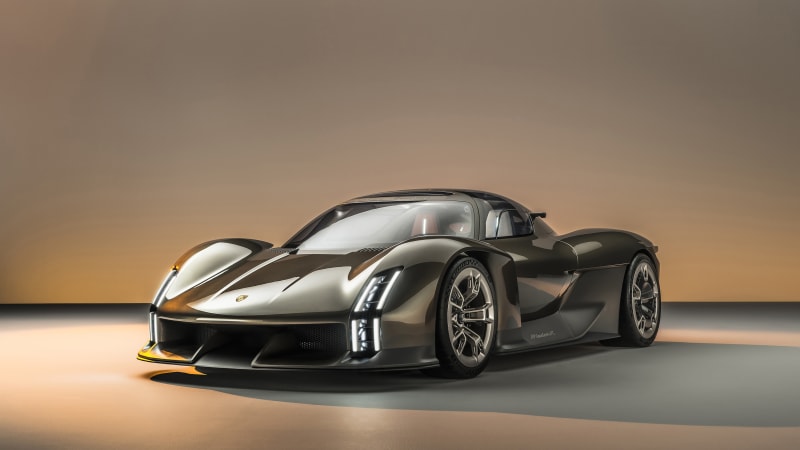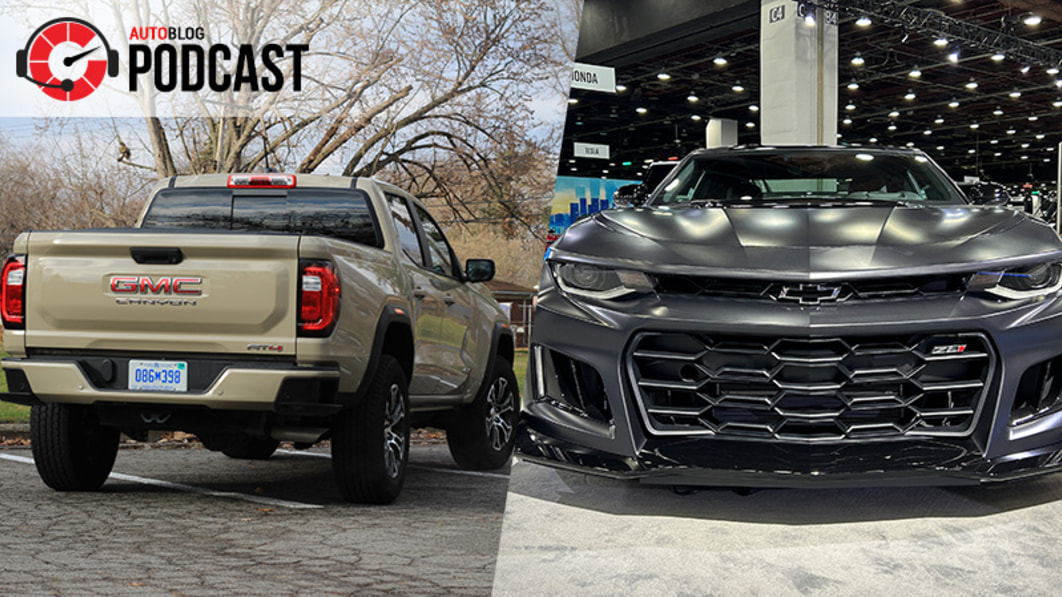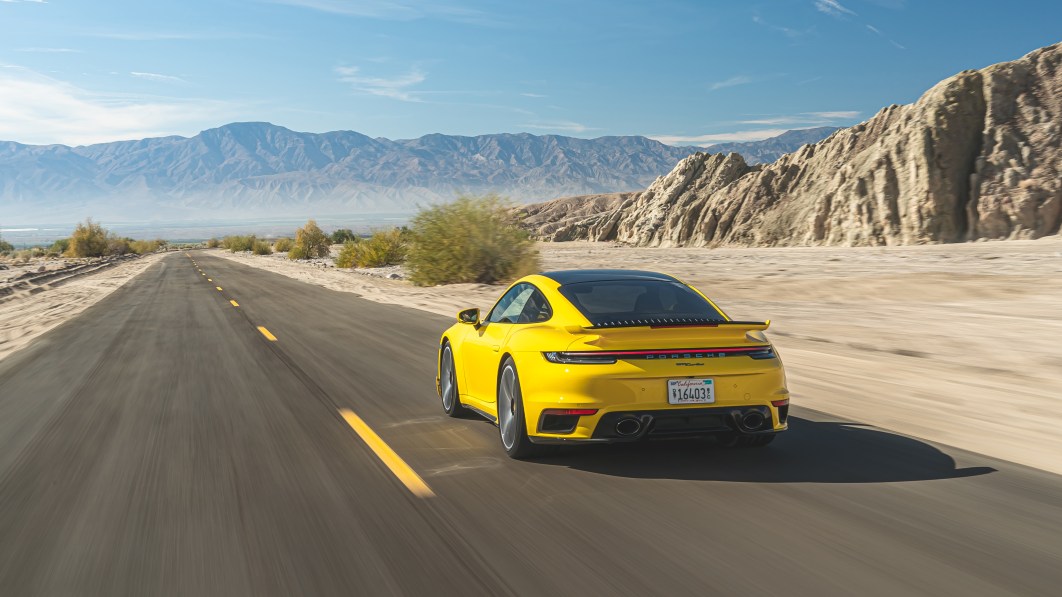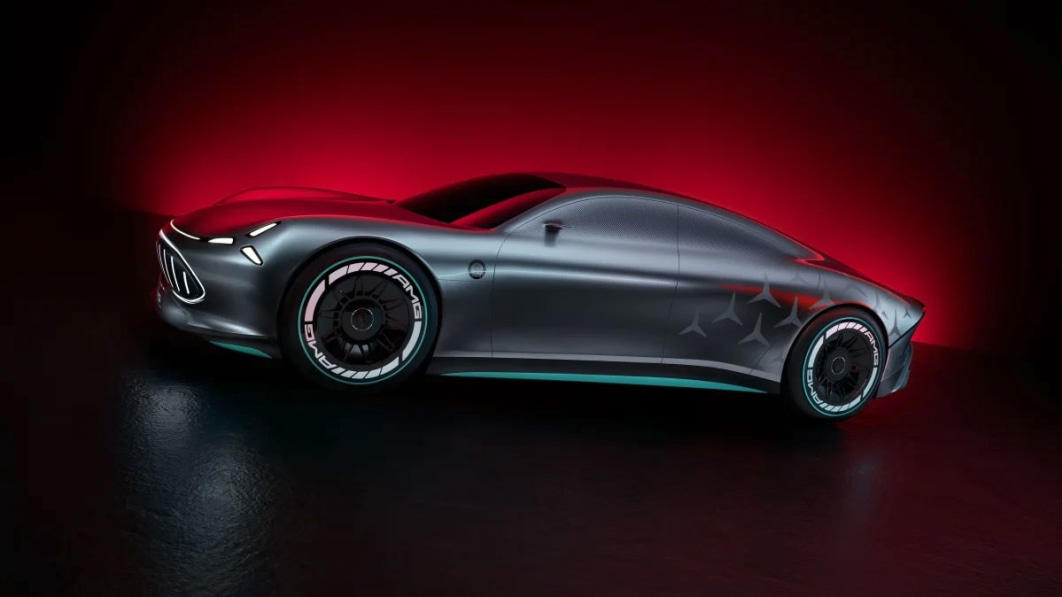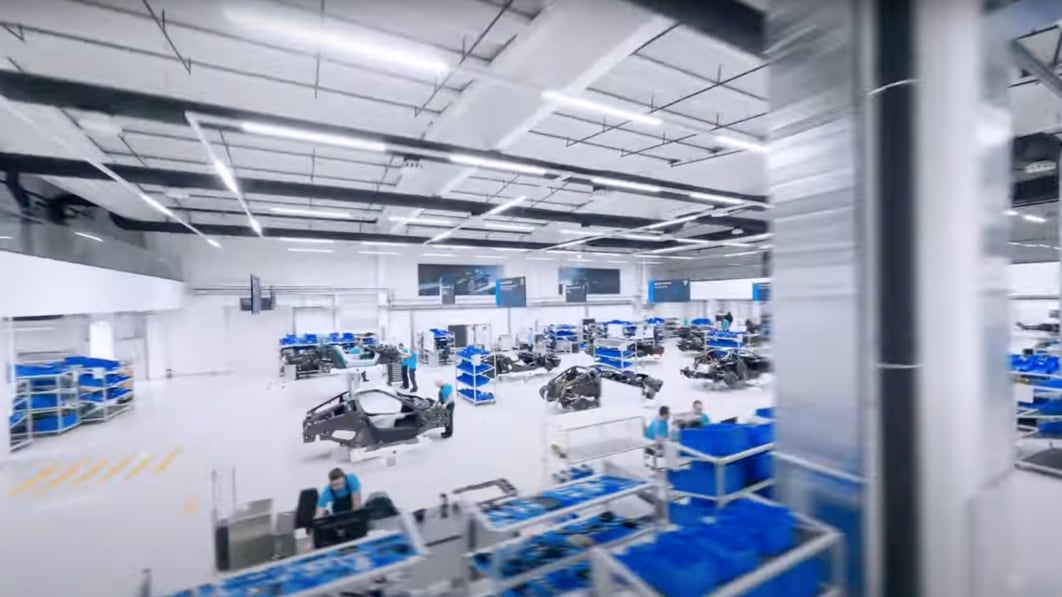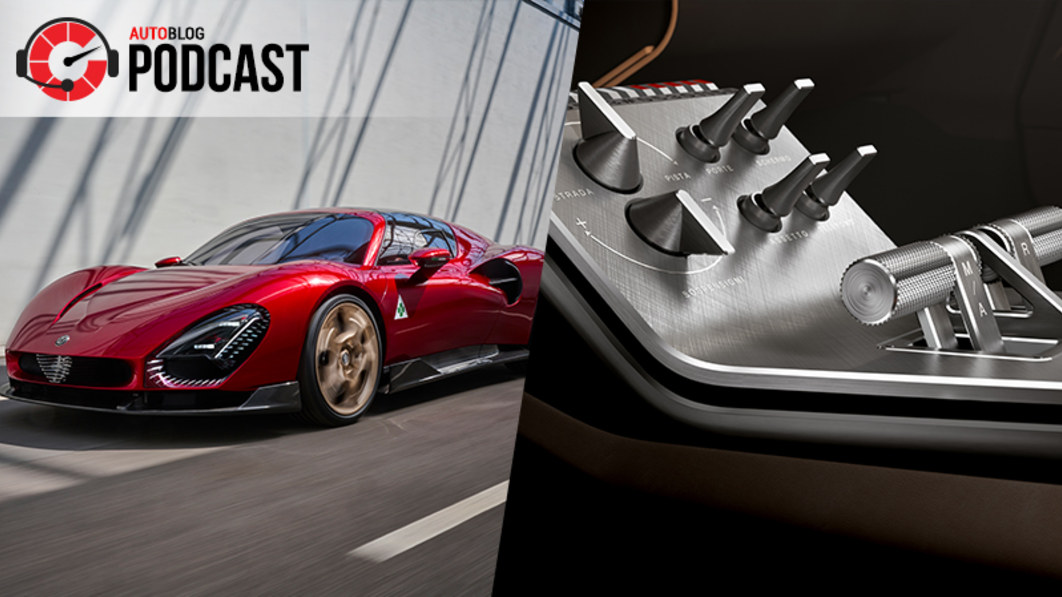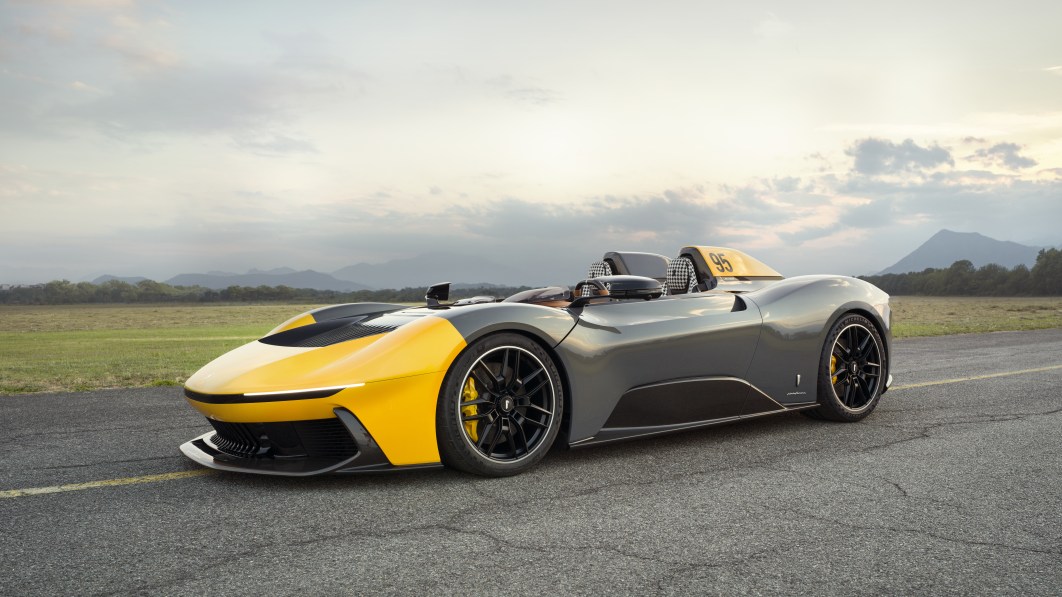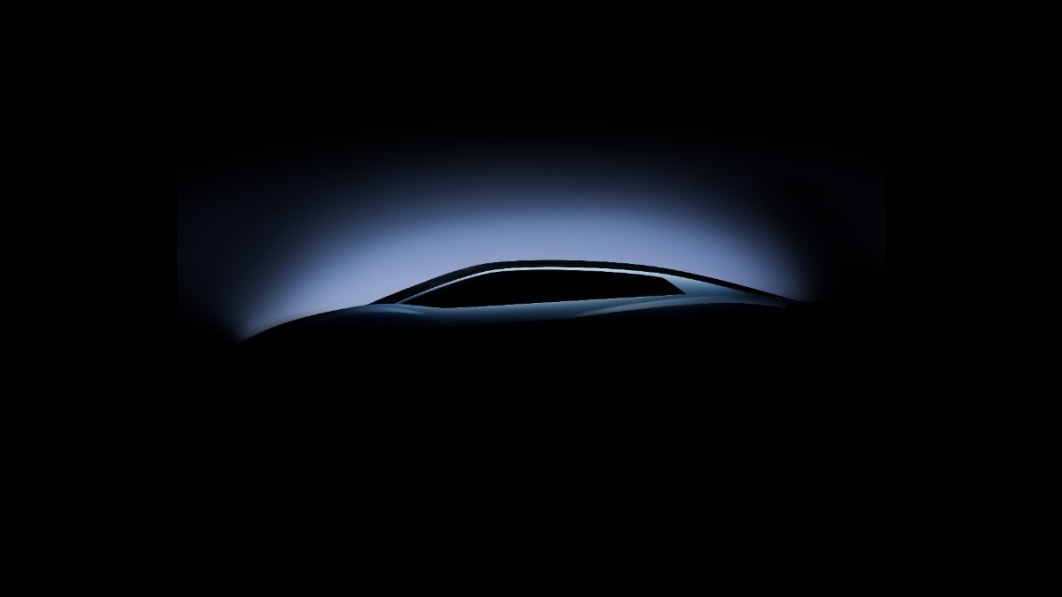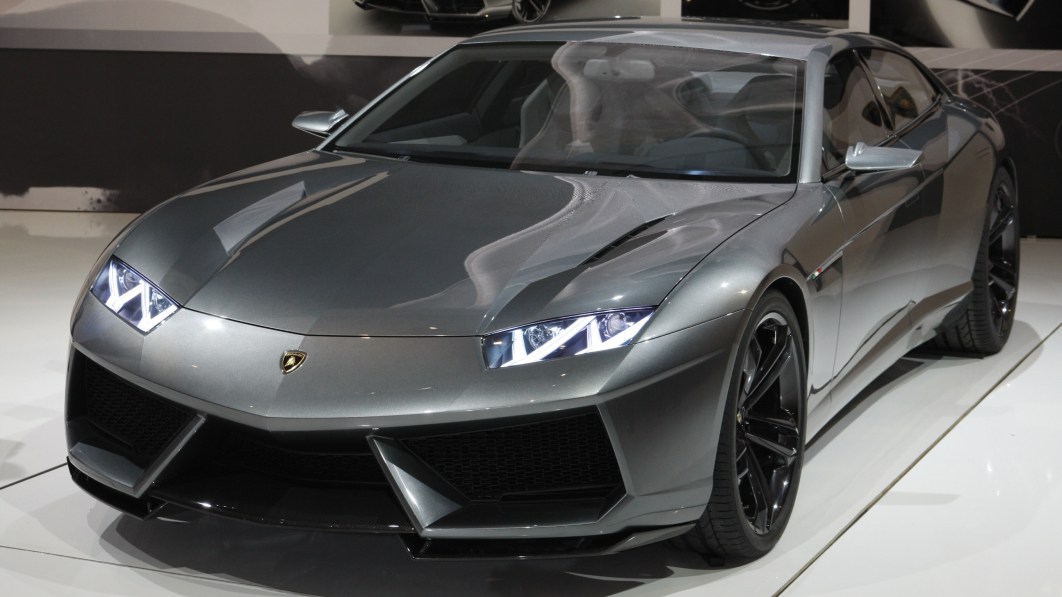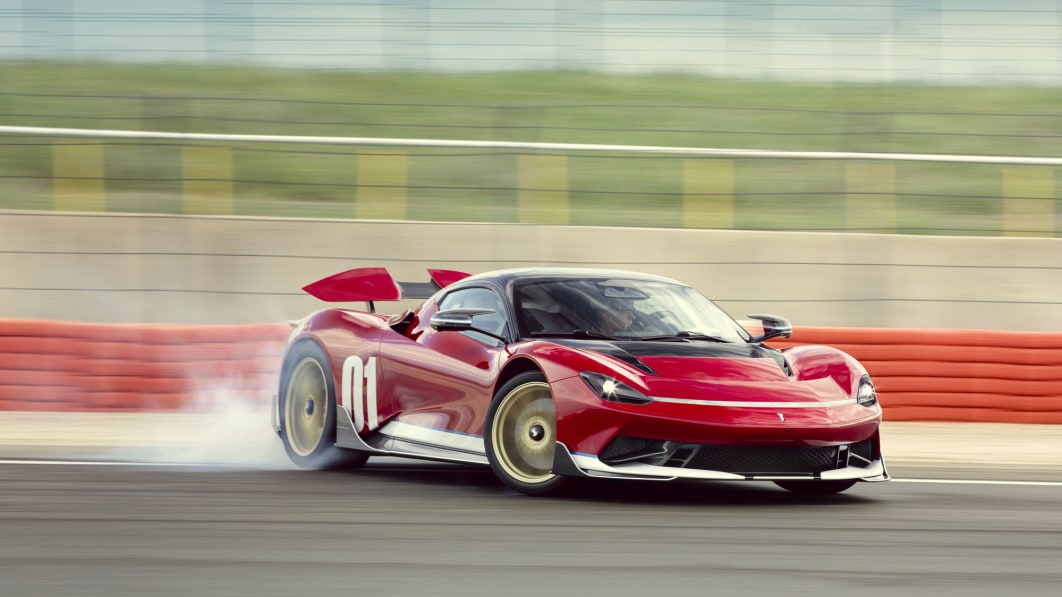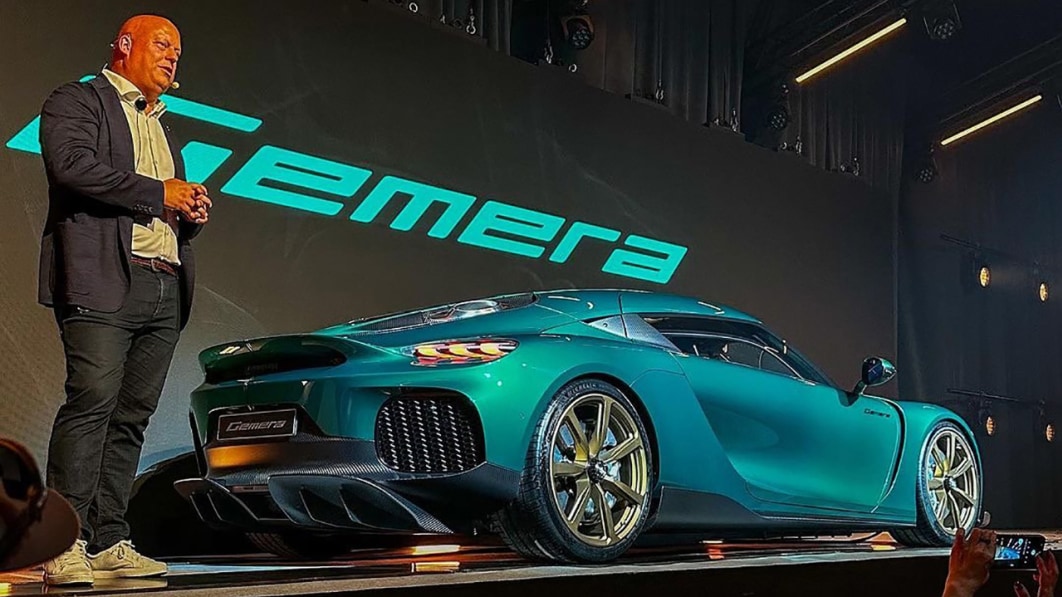Unveiled in 2021, the 1,914-horsepower Rimac Nevera is limited to 150 units, and about 50 of those have already been spoken for. Part of the reason why two-thirds of the planned production run remains available is that demand for electric hypercars has dropped, the brand said.
“We started to develop the Nevera in 2016/2017, when electric was cool,” company founder Mate Rimac explained during the Financial Times Future of the Car conference in London, England. Fast-forward to 2024 and electric technology has become a lot more common; electrification is legally mandated across Europe, and nearly every company regardless of market positioning offers at least one EV.
“The regulators and some OEMs push it so much that the narrative has changed. They’re pushing stuff on us that we don’t want, so people get a little bit repulsed by it, this whole forced application. I’m always against it. I think everything has to be based on merit, so the product has to be better,” he added. Regular motorists don’t have a choice, but those who can afford a hypercar want one with a gasoline engine.
In turn, this shift is driving demand for electric hypercars — like the Nevera, the Pininfarina Battista, and the Lotus Evija — down. They’re more powerful and usually quicker than comparable gasoline-burning models, but companies are realizing that a sub-two-second zero-to-60-mph time isn’t enough to make a car appealing. Buyers with a seven-digit sum to spend on a car want analog technology, Autocar reported.
Rimac used the Apple Watch as an example.
“An Apple Watch can do everything better. It can do 1,000 more things, it’s a lot more precise, and it can measure your heart rate. But nobody would pay $200,000 for an Apple Watch,” he said. He noted that the Nevera remains the best-sold electric hypercar, however.
This realization at least partially explains why the Bugatti Chiron’s successor isn’t electric; it will be powered by a new V16 engine. Rimac, which owns Bugatti, said a battery-powered model’s sales figures would be “nowhere near” what it has planned for the V16-powered car. And, the shift will likely have an effect on Rimac’s product pipeline: it doesn’t expect demand for electric hypercars will go back up.
Rimac remains committed to electrification, it notably has partnerships with several carmakers including BMW and Hyundai, and it’s not about to stuff Bugatti’s new V16 engine in the Nevera to boost sales. Looking ahead, it wants to experiment with other types of drivetrain technologies. “It’s not about being electric; it’s about doing things that other cars can’t do and giving a unique experience,” the CEO said.
One project brewing behind-the-scenes in the brand’s Croatian headquarters is a nanotube-powered drivetrain capable of running on diesel, LPG, or hydrogen. It’s a system that heats “chemically different” liquid fuels to generate the electricity needed to zap a motor into motion.

